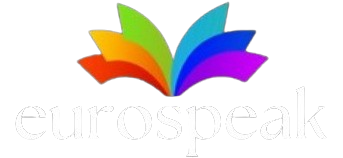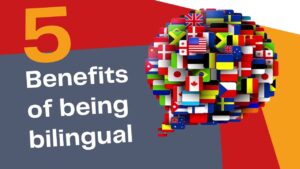Language teaching, once confined to traditional textbooks and classrooms, is undergoing a revolutionary transformation fueled by technological advancements and pedagogical breakthroughs. In this article, we explore the exciting innovations reshaping language education, providing educators and learners with dynamic tools to enhance the language learning experience.
1. Digital Learning Platforms: The advent of digital learning platforms has revolutionized language teaching. From interactive online courses to immersive language apps, these platforms offer learners the flexibility to study anytime, anywhere. Real-time feedback, gamified elements, and personalized learning paths make the process engaging and effective.
2. Virtual Reality (VR) and Augmented Reality (AR): Imagine stepping into a virtual marketplace in a foreign country or conversing with native speakers in a simulated environment. VR and AR technologies are transforming language learning by providing immersive experiences that go beyond traditional classroom settings, making language acquisition a multisensory adventure.
3. Artificial Intelligence (AI) and Language Processing: AI is not just a buzzword; it’s a game-changer in language teaching. AI-driven language apps can analyze individual learning patterns, tailor lessons to specific needs, and provide instant feedback on pronunciation and grammar. Chatbots powered by natural language processing offer learners interactive conversational practice.
4. Flipped Classrooms and Blended Learning: Flipped classrooms invert the traditional teaching model, with students engaging in self-paced learning outside the classroom and using class time for interactive discussions and activities. Blended learning combines face-to-face instruction with online components, offering a balanced and flexible approach to language education.
5. Multimodal Learning Resources: Language teachers now have access to a rich array of multimodal resources, including video lectures, podcasts, interactive quizzes, and language learning games. These diverse materials cater to different learning styles, providing a more comprehensive and engaging learning experience.
6. Global Collaboration and Language Exchanges: The internet has facilitated global collaboration in language teaching. Language exchange platforms connect learners with native speakers worldwide, fostering authentic language practice and cultural exchange. Collaborative projects and online language communities create a global classroom without borders.
7. Data-Driven Instruction: The collection and analysis of learner data enable educators to make informed decisions about teaching methods and curriculum design. Insights from data-driven instruction help tailor learning experiences, identify areas of improvement, and ensure that language teaching remains dynamic and effective.
Innovations in language teaching are reshaping the landscape of education, making language learning more accessible, engaging, and effective than ever before. As educators and learners embrace these advancements, the boundaries of traditional language instruction dissolve, opening up new possibilities for communication, cultural understanding, and global collaboration. The future of language teaching is dynamic, personalized, and filled with limitless opportunities for those eager to embark on the journey of language acquisition. Embrace the innovations, and let language education evolve into a transformative experience for all.




